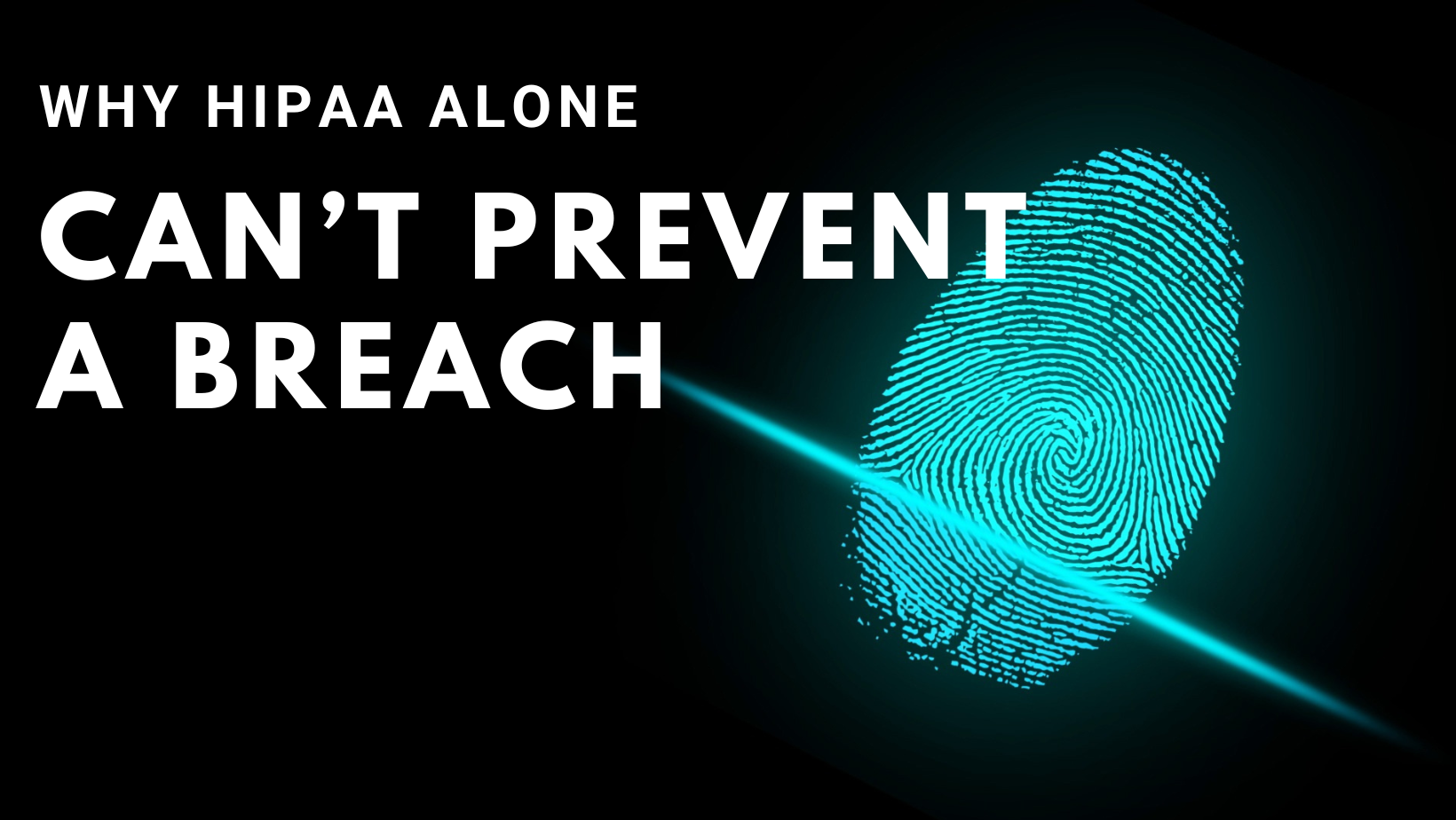In the vast and complex world of cybersecurity, one term you'll often come across is 'penetration testing'. Also known as pen testing, this process plays a pivotal role in safeguarding your network and mobile devices from potential threats. A penetration test mimics a hackers' movements in an attempt to uncover vulnerabilities. Once found, these vulnerabilities can be protected, ensuring safety. This comprehensive article will delve into the importance of pen testing and provide guidance on choosing the right person to pen test for your organization.
What is a Penetration Test?
Before we delve into the intricacies of penetration testing, let's first understand what it is. Penetration testing, or pen testing, is a simulated cyber attack against your computer system to check for exploitable vulnerabilities. In the context of a software application, these critical security vulnerabilities could exist in incorrect configurations, risky user behavior, or even gaps in the operating system defenses.
The process involves gathering information about the target before the pen test (reconnaissance), identifying possible entry points, attempting to break in (either virtually or for real), maintaining access, and then reporting back the findings. The main objective of pen testing is to identify weak spots in an organization's security posture, as well as measure the compliance of its security policy, test the staff’s awareness of security issues, and determine whether — and how — the organization would respond to malicious hackers.
The Role of a Penetration Test in Cybersecurity
In this digital age, where sensitive data breaches and cyber threats are increasingly common, cybersecurity has become a top priority for businesses worldwide. One essential component of a comprehensive cybersecurity strategy is penetration testing. Why does penetration testing play such a pivotal role in cybersecurity? Let's dive in.
Uncover Vulnerabilities with a Pen Test
The primary purpose of pen testing is to identify security weaknesses that could be exploited by attackers. By using a simulated attack, penetration testers can discover potential security risks, insecure user practices, and other areas where your security measures might be lacking.
Prioritizing Security Features
Not all vulnerabilities are created equal. Some pose a more significant threat than others. Pen testing tools help organizations find vulnerabilities that need immediate attention and discern which ones can be addressed later. These pen test results allow for better allocation of resources and more effective security controls and enhancements.
Compliance with Regulations for Pen Testing
Many industries have regulations requiring companies to protect sensitive data. Regular penetration testing can help ensure compliance with these regulations by demonstrating that an organization is actively working to identify and mitigate security risks.
Protecting Company Reputation
A single data breach can cause significant damage to a company's reputation, leading to loss of customers and revenue. Regular pen tests help prevent such incidents by identifying weak spots before hackers exploit vulnerabilities.
Training Staff with Penetration Tests
Pen testing also serves as a training tool for IT staff. It allows them to experience a simulated cyber attack, understand how it unfolds, and learn how to respond effectively as a security team.
The Danger of Neglecting Penetration Testing
While we've discussed the importance and benefits of penetration testing, it's equally crucial to understand the potential risks and consequences of neglecting these vital security tests.
Increased Vulnerability to Attacks
Without regular pen testing, your organization becomes an easier target for cybercriminals. Unidentified vulnerabilities in your system can be exploited, leading to unauthorized remote access, data breaches, or even a complete system takeover.
Financial Losses
Cyber attacks often result in significant financial losses. These can stem from the theft of sensitive financial information, disruption of business operations, or fines imposed due to non-compliance with data protection regulations. Regular pen testing helps prevent these scenarios by conducting vulnerability assessments before they can be exploited.
Damage to Reputation
A successful cyber attack can severely damage your organization's reputation. Customers and partners may lose trust in your ability to protect their data, leading to lost business opportunities and a decline in customer loyalty. In today's digital age, where data privacy is highly valued, maintaining a strong security posture through practices like pen testing is essential for preserving your organization's reputation.
Legal Consequences
Neglecting pen testing can also lead to legal consequences. Many industries have strict regulations regarding data protection and require businesses to demonstrate that they are taking appropriate measures to safeguard sensitive information. Failure to conduct regular pen tests and vulnerability assessments could be seen as negligence, potentially leading to hefty fines and legal action.
In conclusion, while penetration testing requires time and resources, neglecting it can lead to far more severe consequences. By making pen testing a regular part of your cybersecurity strategy, you can protect your organization from cyber threats, maintain compliance with industry regulations, and preserve your reputation in the eyes of customers and partners.
Common Misconceptions About Penetration Testing
Despite its importance, there are several misconceptions about penetration testing that can lead to unrealistic expectations and inadequate security controls. Here are some common myths:
One-Time Pen Test
Many believe that once you've conducted a pen test, you're done. This couldn't be further from the truth. Cyber threats evolve constantly, and so should your defenses. Regular pen testing helps keep your systems updated against new threats.
Pen Testing is Only for Big Companies
Another misconception is that only large corporations with trainees security professionals need pen testing. However, small businesses often have less secure network infrastructure, making them attractive targets for hackers. Regardless of size, every business should consider regular pen testing.
Pen Testing and Vulnerability Scanning are the Same
While both are important security practices, they serve different purposes. Vulnerability scanning is automated and identifies known vulnerabilities, while a pen test is a manual process that uncovers unknown vulnerabilities and validates existing ones.
Pen Testing Always Leads to Zero Vulnerabilities
Achieving zero vulnerabilities is nearly impossible. The goal of pen testing isn't to eliminate all vulnerabilities, but to conduct vulnerability assessments, identifying and prioritizing them for remediation.
Choosing the Right Pen Tester: Factors to Consider
Now that we've established the critical role of pen testing, let's discuss the factors you should consider when selecting pen testers.
Experience and Skills
The first thing to look for in one who performs pen tests is their level of experience and skill set. Pen testers should be well-versed with the latest hacking techniques and know how to counteract them with the most effective pen testing tools.
Certifications
Certifications serve as a testament to a pen testers expertise. Look for certifications such as OSCP (Offensive Security Certified Professional) or CEH (Certified Ethical Hacker), which indicate that the individual has undergone rigorous testing of their knowledge and skills.
Understanding Your Business
Every organization is unique, with its own specific needs and challenges. Your pen tester should have a thorough understanding of your business operations and the type of data that requires additional protection.
Comprehensive Reports
After conducting the pen test, the pen testers will provide a detailed report of their findings. Ensure that they can deliver a report to the security team that's comprehensive yet easy to understand, outlining the vulnerabilities detected and recommended remedial measures.
Effective Communication
Your pen testers should possess excellent communication skills, capable of explaining complex technical concepts in layman's terms. They should be able to answer all your queries and help you comprehend the potential risks involved.
Trustworthiness
Given that you'll be granting the pen testers access to your system, it's crucial that they are ethical hackers. Check their references and track record to ensure that they maintain high ethical standards.
Cost
While pen testing is an investment in your organization's security, it's important to ensure that the cost aligns with your budget. Make sure you're getting good value for your money.
Post-Test Support
Once the pen test is complete, you may require assistance in addressing the identified vulnerabilities. Check if the pen tester offers follow-up support to help you implement the necessary fixes.
In conclusion, penetration testing serves as a robust stress test for your computer systems, highlighting your strengths and areas for improvement. When selecting pen testers, consider their skills, experience, understanding of your business, ability to provide clear reports, and offer post-test support. Remember, the ultimate goal is to fortify your system against potential cyber attacks that seek to gain access, ensuring the safety and integrity of your data.







